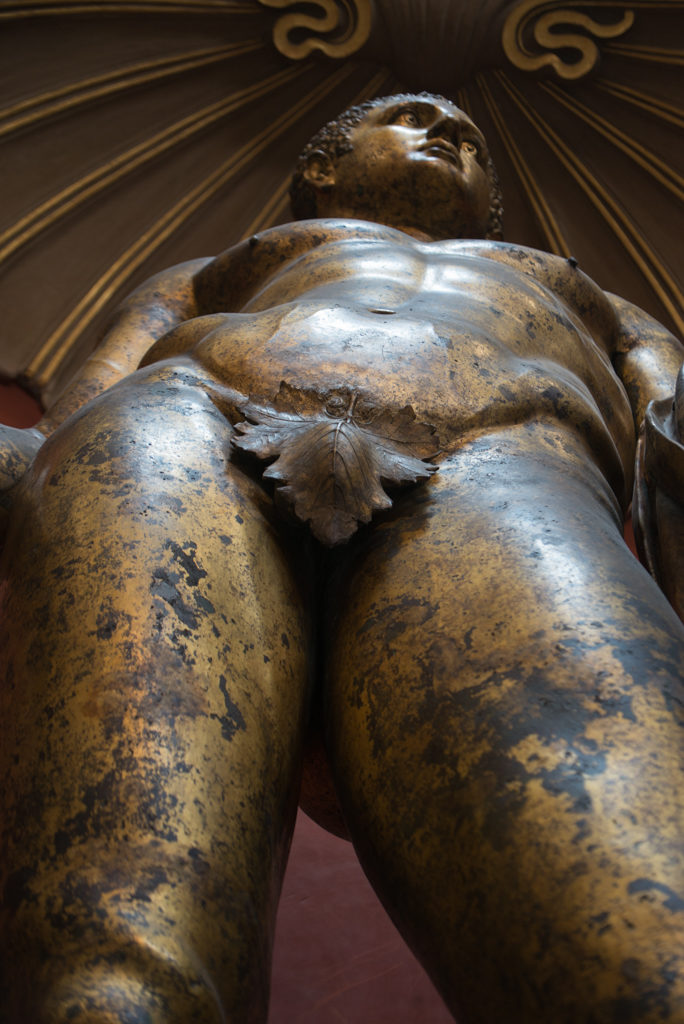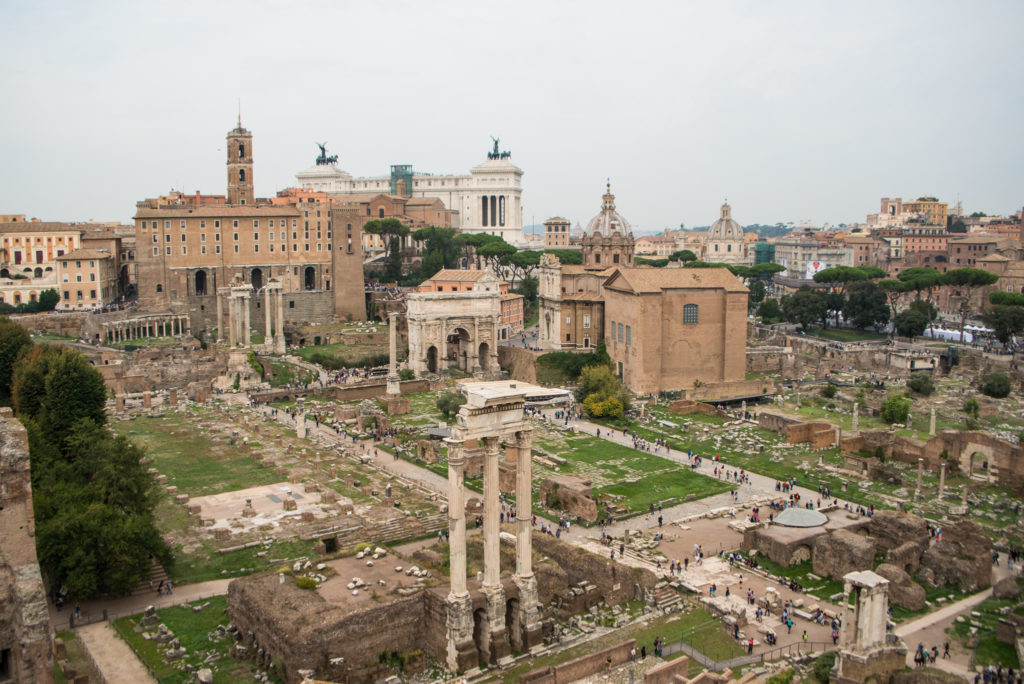
When days were shortest and darkest, the Roman poet Catulla found them the best of days. For a week in the end of December, the law courts closed in Rome, and the schools. No business could be transacted and to commence a war was regarded impious. People offered little presents, mostly wax figurines, to the children and the poor, and decorated their homes with greeneries and lights.
The streets of Rome were governed by a general spirit of merriness. Public gambling was allowed, and foolish tricks were played. People dressed in loose, colorful gowns instead of their white togas, and wore cone shaped hats. All of them! Slaves, freedmen, citizens suddenly were indistinguishable. “Io, Saturnalia!” The crowds exclaimed.
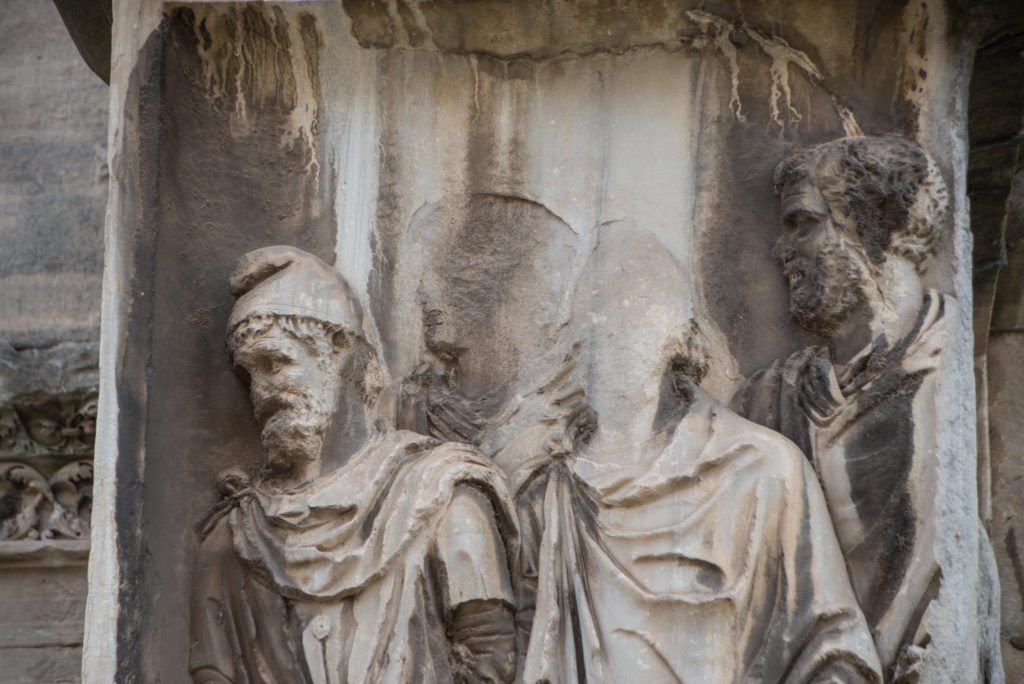
From December 17 to 24, the Saturnalia, the festivities to honor the God Saturn, were held in ancient Rome. Saturn had reigned the worlds in the Golden Age, when humans still enjoyed the earth’s bounty without having to work for it. Therefore Saturn was considered the God of agriculture and the Saturnalia were celebrated as a kind of harvest-home; by December the hard work in the fields was completed and people brought evergreens and lights into their homes.
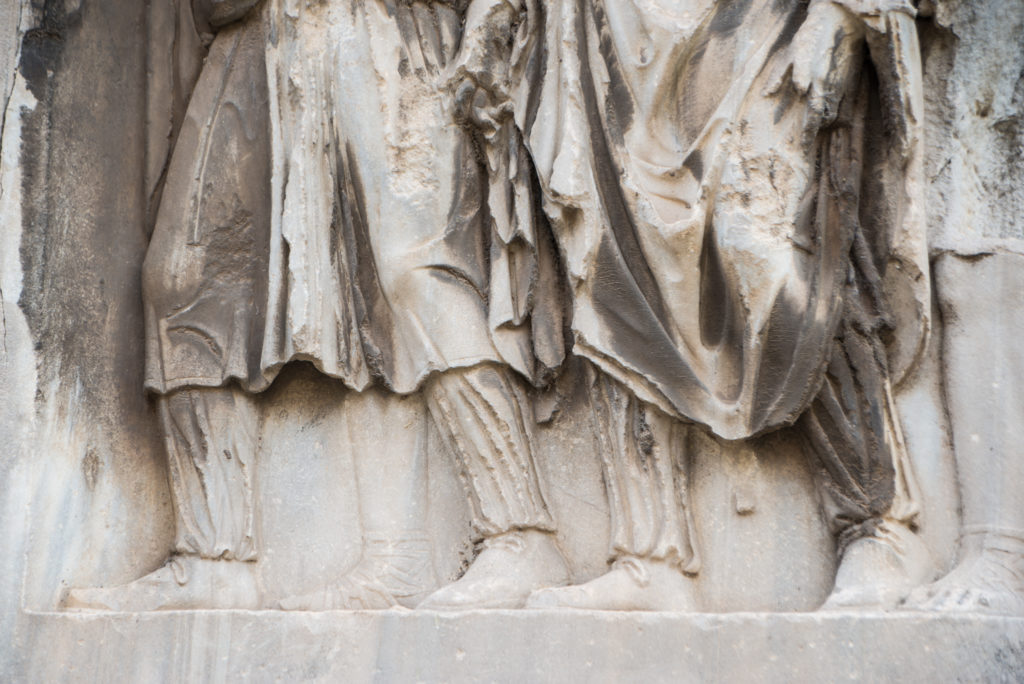
That the Saturnalia were held at the time of the winter solstice was not a coincidence: Sol Invictus, the invincible sun, was returning to enlighten humankind again. The migratory aspect of the sun’s trajectory and the seasons was reflected in much older myths that had Saturn down as an immigrant from Greece. As can be learned from the writings of Ovid and Virgil, Saturn was dispelled by his own father, Jupiter, an expulsion that ended the Golden Age and left humans waiting for Saturn’s return.
Until then, the Saturnalia brought a short comic relief. Social roles were reversed. In fact, slaves were not only exempted from their chores and toils, but were served by their masters, granted freedom for a week.
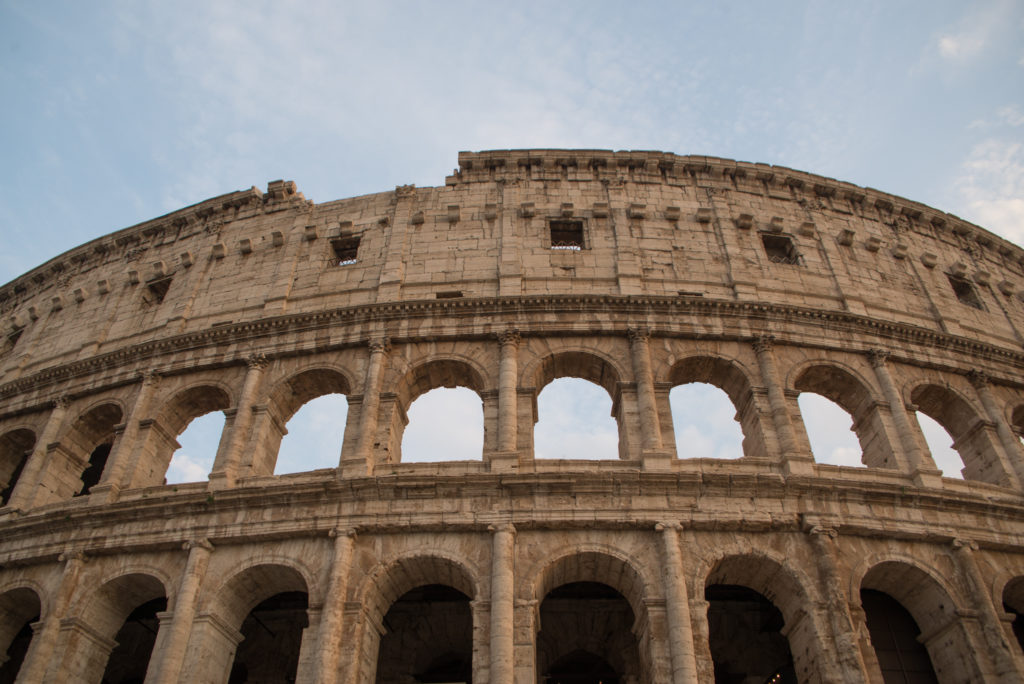
While the Romans considered Saturn a liberator who brought with him wealth and peace, they also recognized his ambiguity. He was two-faced. Saturn’s wife, Ops, incorporated abundance and resources – but he also had a first wife, Lua, the goddess of destruction. It was for her that in the beginning of times, human sacrifice was offered during the Saturnalia, in form of dead gladiators. It took a hero, a shining light, to come along and end this inhuman rite, it is told. This savior was, of course, Hercules.
